Squats, also called squats, are among the most effective exercises in strength training. They are one of the basics to build strength, endurance and muscle mass. As with any exercise, however, it depends on the correct execution. Mistakes in the execution of squats can not only reduce the success of training, but also lead to injuries. We take a look at the benefits of this exercise, the most common mistakes and explain how to perform squats correctly.
Squats: The Classic
Squats are a multi-joint exercise that uses several muscle groups at the same time. The quadriceps, the gluteal muscles, the posterior thigh muscles and the calf muscles are particularly involved. Due to their efficiency, squats are used both in strength training and in fitness programs.
The advantages include
- Muscle building and strength increase: Regular squats strengthen and enlarge the leg muscles. According to a study by Schoenfeld et al. (2016), squats can lead to a significant increase in muscle mass and strength.
- Improved flexibility and mobility: By moving the entire body, squats promote the flexibility of the hip, knee and ankle joints.
- Calorie burning and stimulation of metabolism: Squats promote calorie burning and stimulate the metabolism, which can contribute to weight loss.
- Improving posture: Correct squats train the back and abdominal muscles, which can lead to better posture.
The most common mistakes in squats
Despite their advantages, squats can do more harm than good if executed incorrectly. Here are some of the most common mistakes to avoid:
- Incorrect knee position: A common mistake is to bring the knees too far forward over the tips of the toes. This can lead to excessive stress on the knee joints and injury. According to an article in the Journal of Strength and Conditioning Research, it is better to keep the knees stable above the feet.
- Rounding of the back: Another mistake is to bend or round the back during the exercise. This can increase the risk of spinal injury. The back should always be kept straight and neutral.
- Insufficient depth: Many athletes do not perform a full squat. This means that the hip is not lowered lower than the knees. This reduces the effectiveness of the exercise and can affect muscle growth.
- Wrong foot position: The feet should be shoulder-width apart and the toes should be slightly outward. An incorrect foot position can disturb the balance and lead to unfavorable loads of the knee and hip joints.
This is how you perform squats correctly
The right technique is crucial to get the most out of the squats and avoid injuries.
Here is a step-by-step guide:
- Starting position: Put your feet about shoulder-width apart, the toes are slightly turned outwards. Keep your head straight and look ahead.
- Movement: Breathe deeply, push your hips back and go to your knees as if you were sitting on a chair. Keep your back straight and neutral throughout the movement.
- Depth: Lower the hips to just below the knees. The knees should remain stable above the feet.
- Push up: Press with the heels up into the starting position and exhale.
- Repetitions: Make sure to perform the movements slowly and in a controlled manner. Start with three sets of 10 to 15 repetitions and increase yourself as needed.
Conclusion
Squats are an important exercise for strength and muscle building, but also for mobility and calorie burning. To take full advantage of the benefits, it is important to pay attention to the right technique and avoid common mistakes. If you follow these tips, you will ensure an effective workout and protect yourself from injury. Pay attention to your form with every workout and you will benefit from it in the long term.
